Summary
- With the reveal of The Witcher 4, now is the perfect time to dip back into the series’ history.
- The third game is a renowned RPG, even winning GOTY in 2015, but the second game is brilliant in its own right, and well worth revisiting.
The Witcher 3 follows on directly from its predecessor, but it’s aso designed as a fresh jumping-on point for newcomers, which makes it far easier to skip the first two games and get into the thick of the action with Yennefer, Ciri, and The Wild Hunt. But you shouldn’t.
The Witcher 2 is phenomenal, with a story that rivals the third game, and boasting some of the most exciting moments of the entire trilogy. It’s not to be skipped.
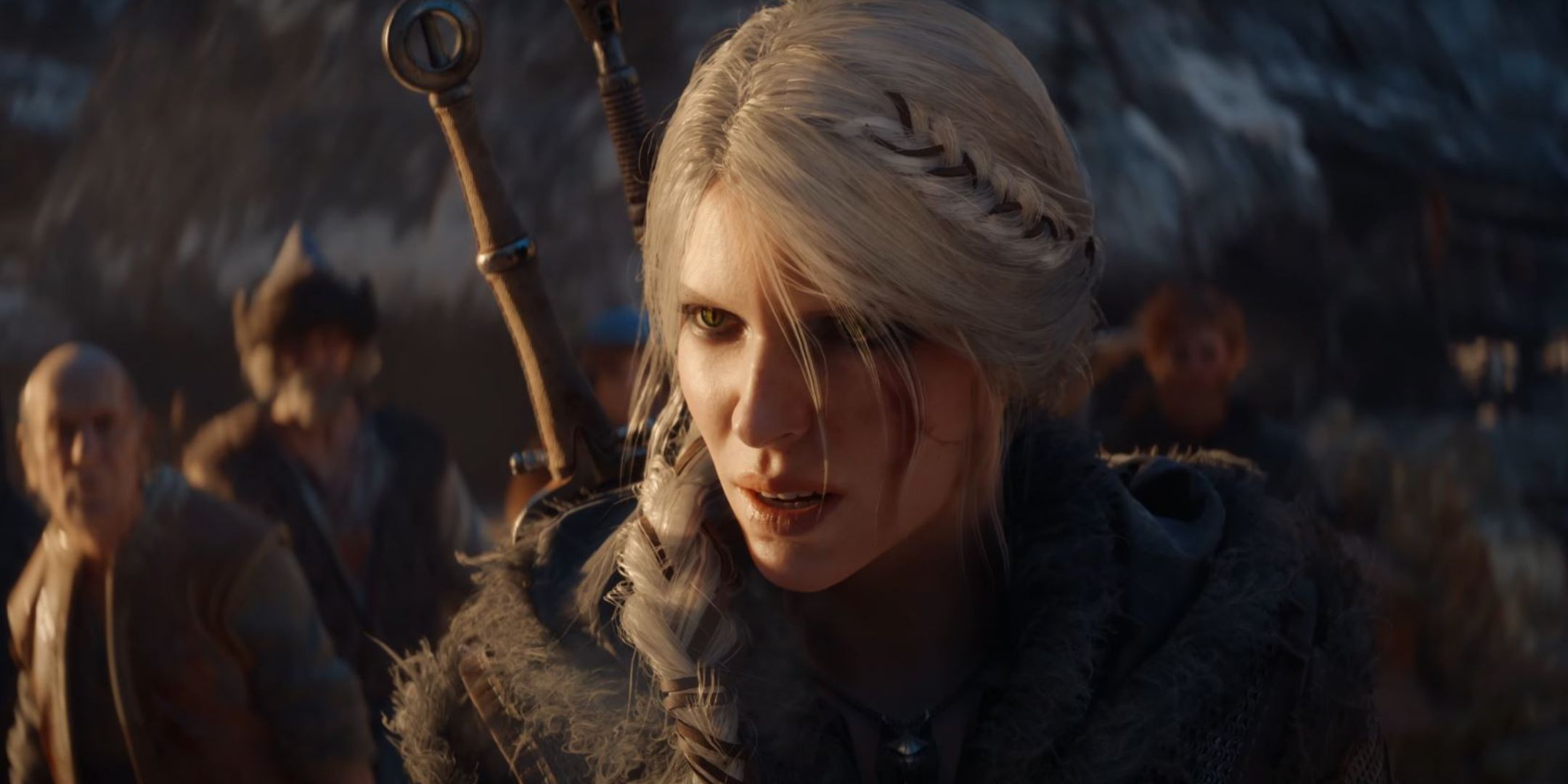
Related
The Witcher 4 Already Sounds Too Big
CDPR could learn a lot from the incredibly underrated Witcher 2.
Take the prologue, which opens on the eve of war as Geralt scurries through tents to meet in private with King Foltest, before the two storm the castle battlements from their enormous siege towers. The pair cut down soldiers like they’re drowners, making their way through the city as magnificent set pieces — like a dragon crashing down to thwart their advance — unfold before them. It all culminates in the startling revelation of an assassin slicing the throat of the king, laying the blame at Geralt’s feet.
It’s one of the best introductions to an RPG world in gaming. But The Witcher 2 matches that thrilling entrance all the way to the finishing line.
It Perfectly Captures What It Means To Be A Witcher
The Witcher 2 is split into three distinct chapters, and each perfectly encapsulates what the series is all about. Geralt has been swept up in a bitter war, pinned as an enemy of Temeria for his supposed treachery, and yet upon escaping prison and finding himself in Flotsam, he returns to his monster hunting duties.
The first chapter is a mostly self-contained story that runs adjacent to the main plot, as you spend much of it preparing to fight the kayran, a large, unsightly sea creature with enormous tentacles menacing the docks. It feels ripped right out of the novels, a smaller-scale adventure in which Geralt begrudgingly uncovers the woes of townsfolk who despise him, preparing for a showdown that will leave him bloodied, battered, and no more liked than he was before.
Each chapter follows this general structure — you’re here for a reason, whether it’s to track down Iorveth and his Scoia’tael commandos or find Triss, but there’s a smaller story with a clear beginning, middle, and end that’s just as captivating as the wider narrative.
It Only Makes The Witcher 3’s World More Interesting
What’s especially fascinating about the first chapter is the decision at the end. You can either side with Vernon Roche or Iorveth, and whoever you choose completely changes the second act, placing you either in King Henselt’s army camp or the city of Aedirn.
Experiencing this firsthand offers a completely new perspective on The Witcher 3, which — after the Kaer Morhen dream sequence — opens with Geralt and Vesemir on the road, taking odd jobs and trying to keep a low profile. In the first two games, Geralt was so embroiled in politics that it landed him in a prison cell accused of killing the king, potentially siding with the Scoia’tael, and in the thick of another battle with yet another monarch.
The Witcher 3’s more sombre, understated introduction to the world is a direct result of the last game — Witchers got too involved in politics, and it tore them and the Continent apart. Seeing that firsthand radically changes how that intro feels. It’s far lonelier than the flirty beginnings with Triss right before battle, trading blows with King Foltest. The warm sunrise might feel comforting, but in this new light, it’s cold and isolating.
What’s more, The Witcher 2 closes the book on Geralt’s memory loss, as we come to uncover his past alongside him. It does a great job of catching you up on the important notes of the novels (which are set before the first game), without ever being overwhelming in lore-heavy exposition dumps. It’s a great place to start if you want to uncover more of the series’ history, which only makes the return of pivotal characters like Ciri and Yennefer in the next game all the more exciting.
Does The Witcher 2 Hold Up?
This all sounds well and good, but we’re talking about a 13-year-old game here. Does it even hold up?
To put it into perspective, it came out the same year as Skyrim and Dark Souls, both games that people play and love to this day. Yes, it holds up. The combat is a little stiff, but not too dissimilar to The Witcher 3. It might take some readjusting, is all.
Otherwise, it’s a beautiful game with some of the most stunning, detailed backdrops in the series. It’s remarkable how good it looks all these years later. Even the character models are impressive — CDPR was ahead of the curve in a lot of ways, and The Witcher 2 stands the test of time all the more for it.
You can’t play it on PlayStation, unfortunately, but it’s backwards compatible on Xbox, and you can pick it up on Steam or GOG – you definitely should before The Witcher 4.
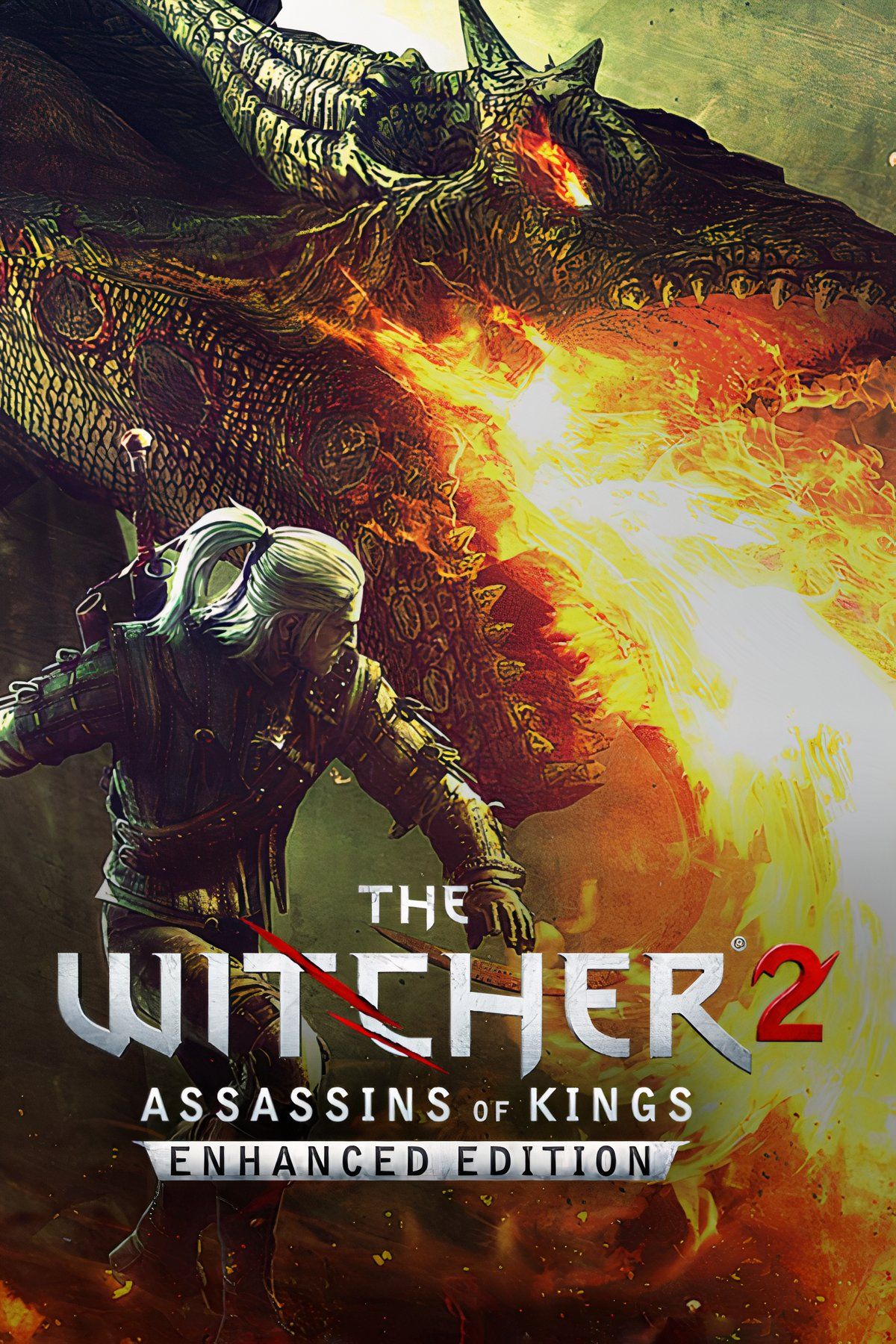
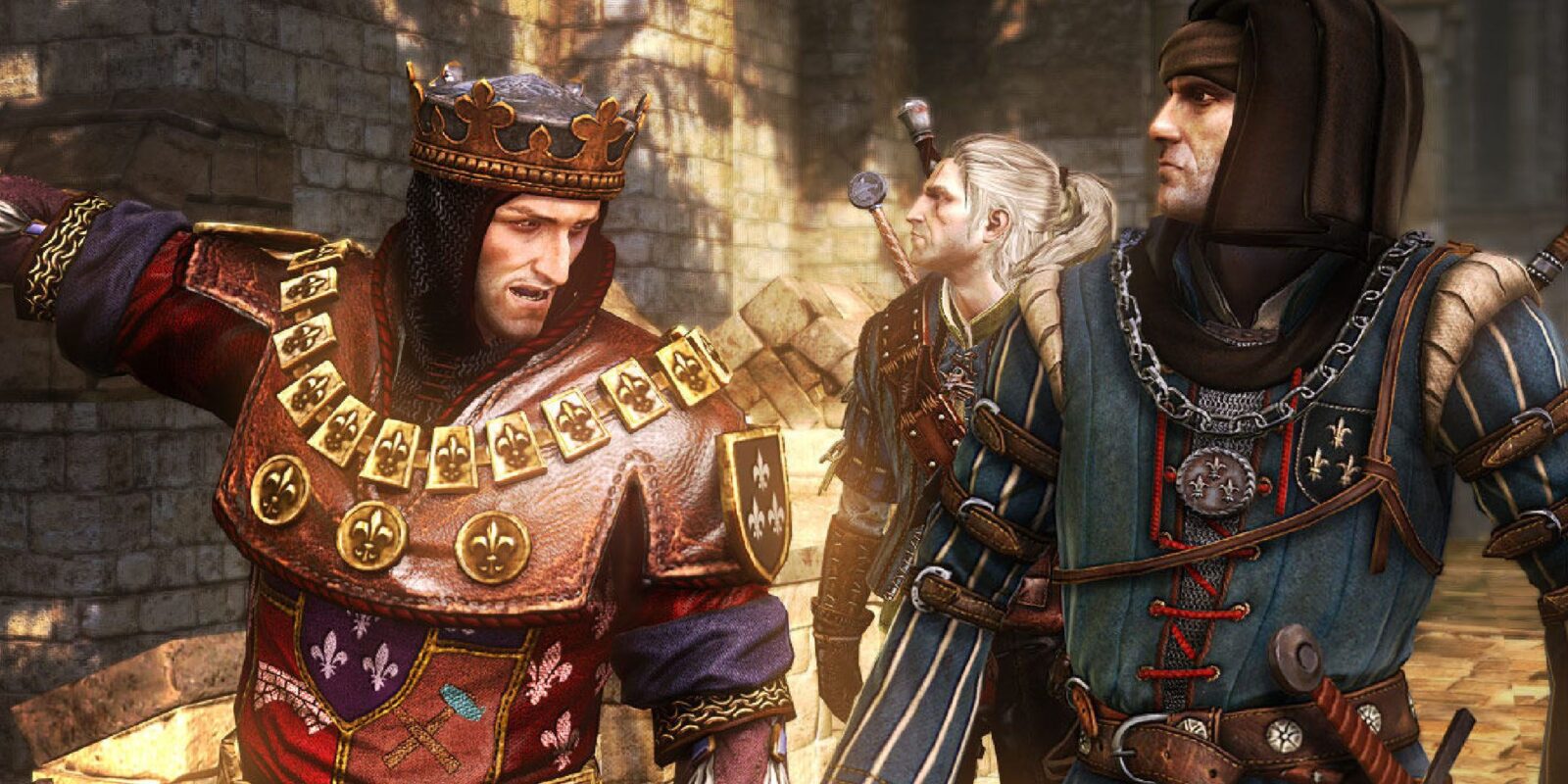
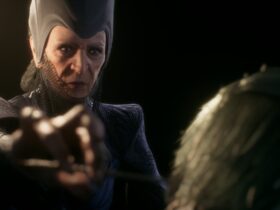
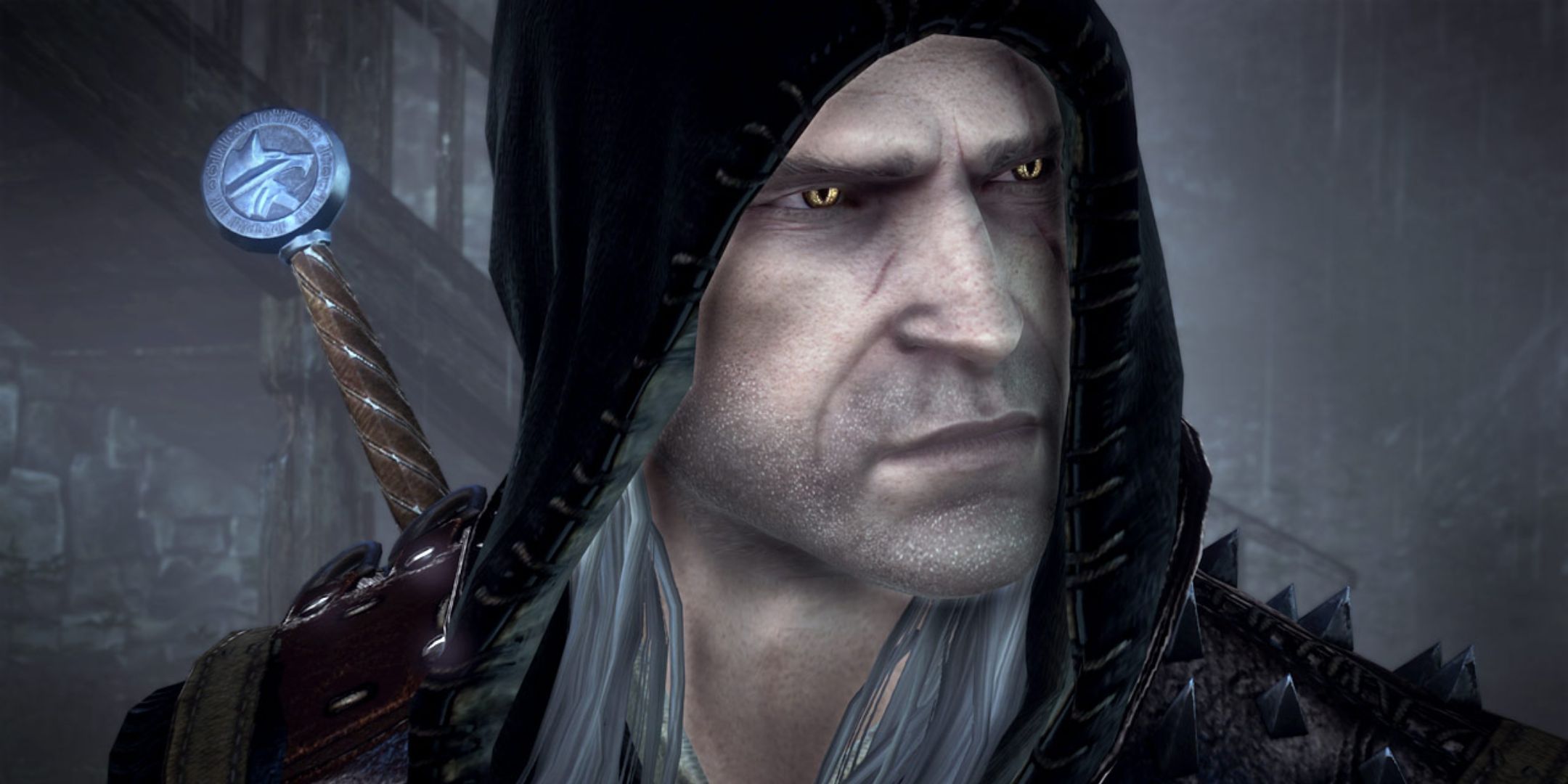
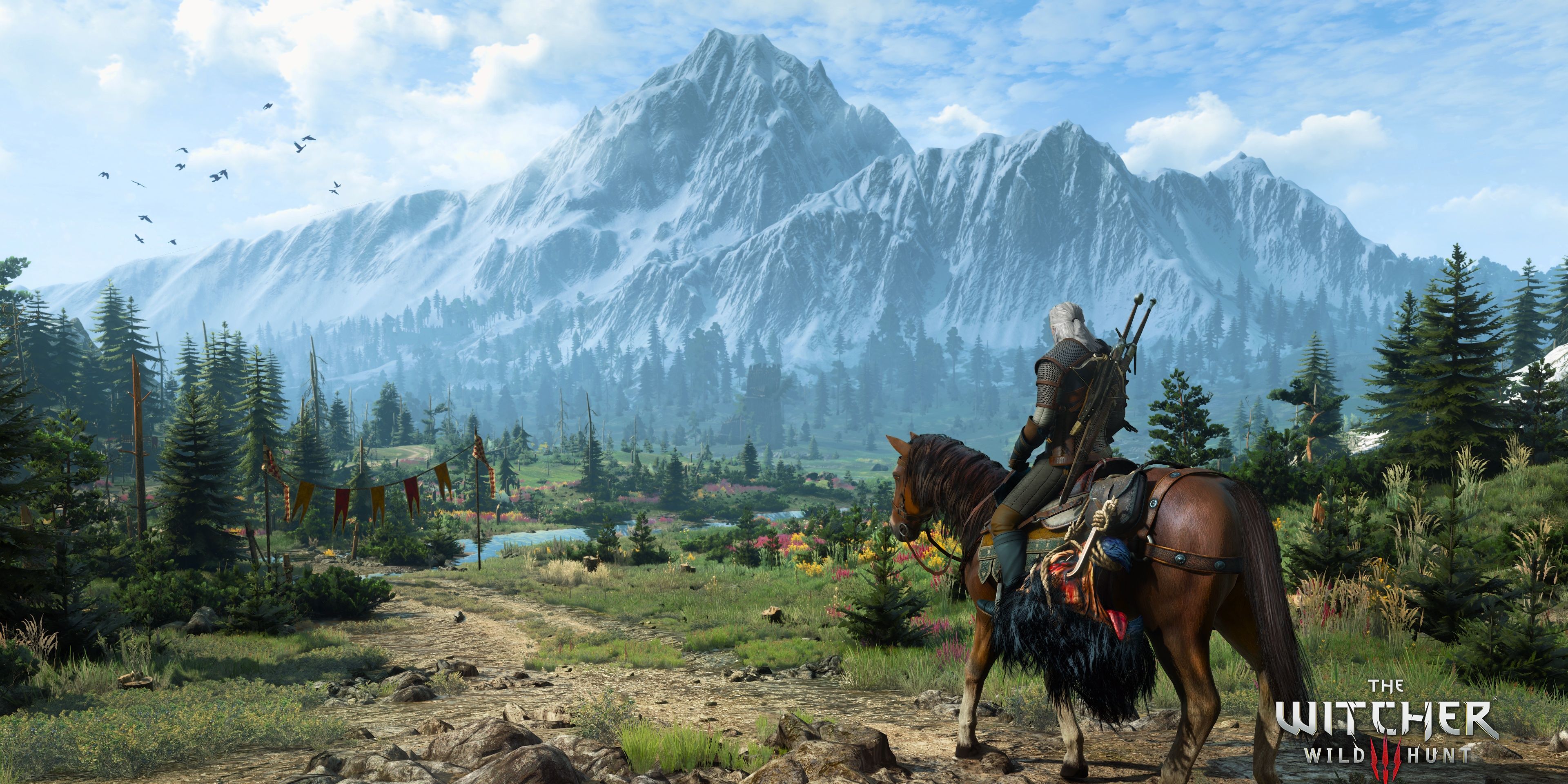








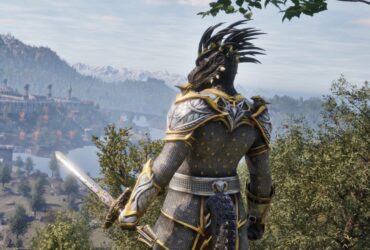
Leave a Reply